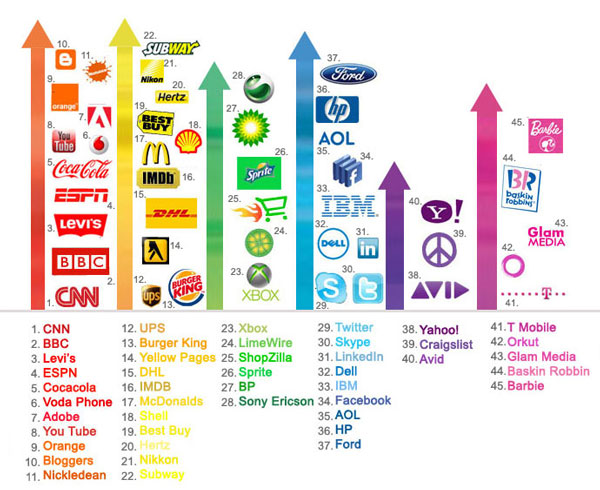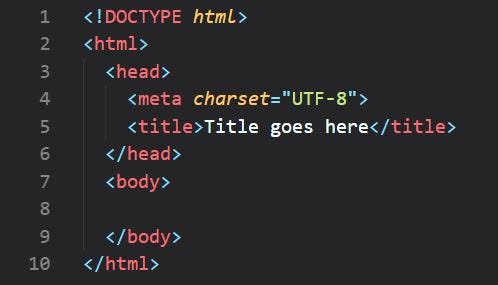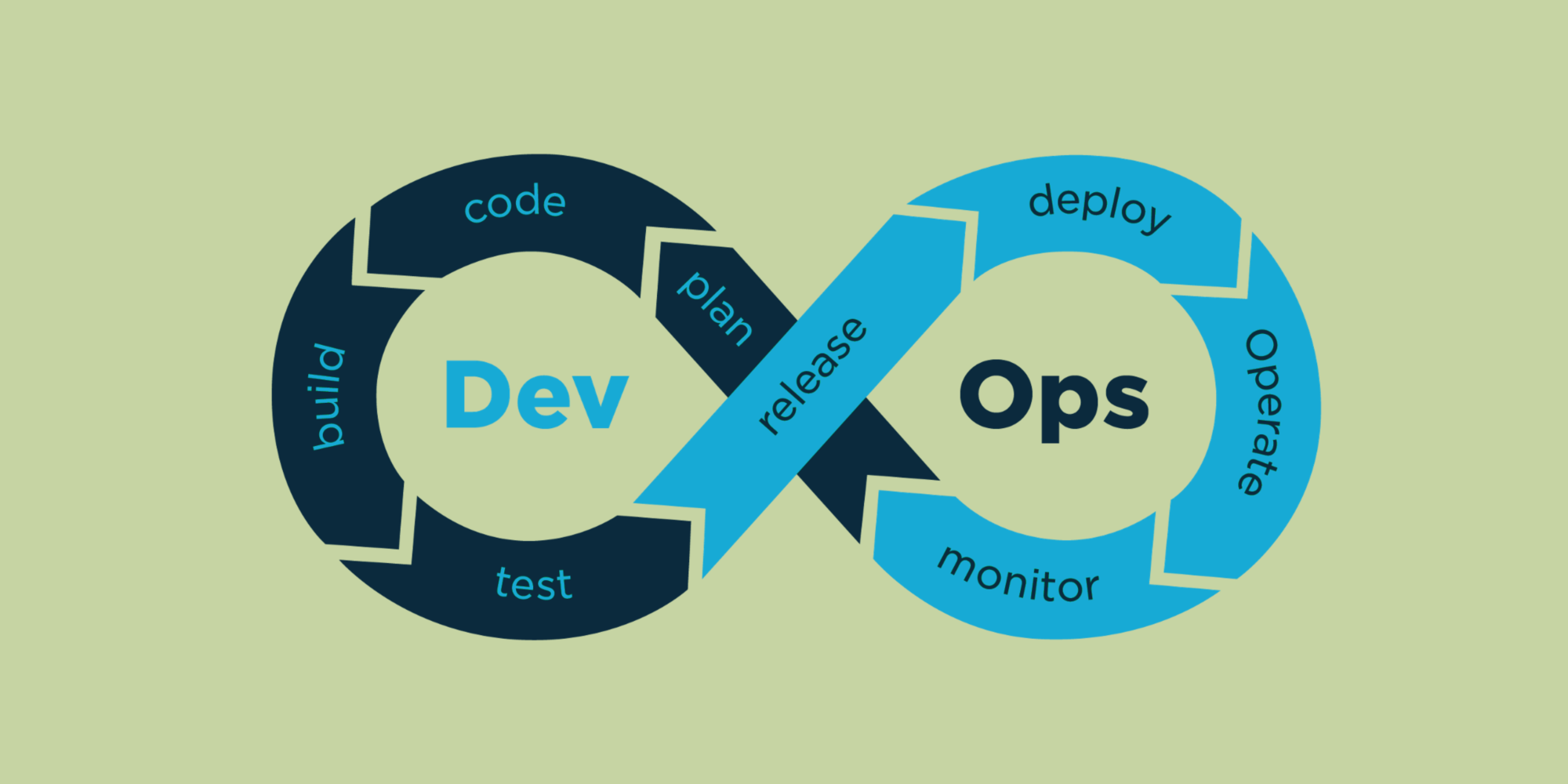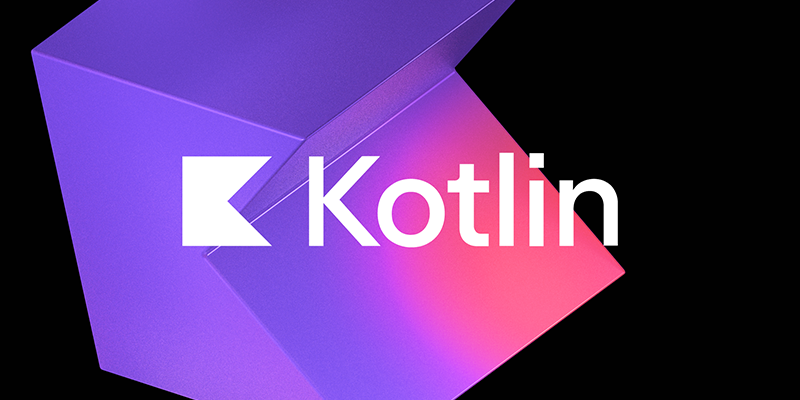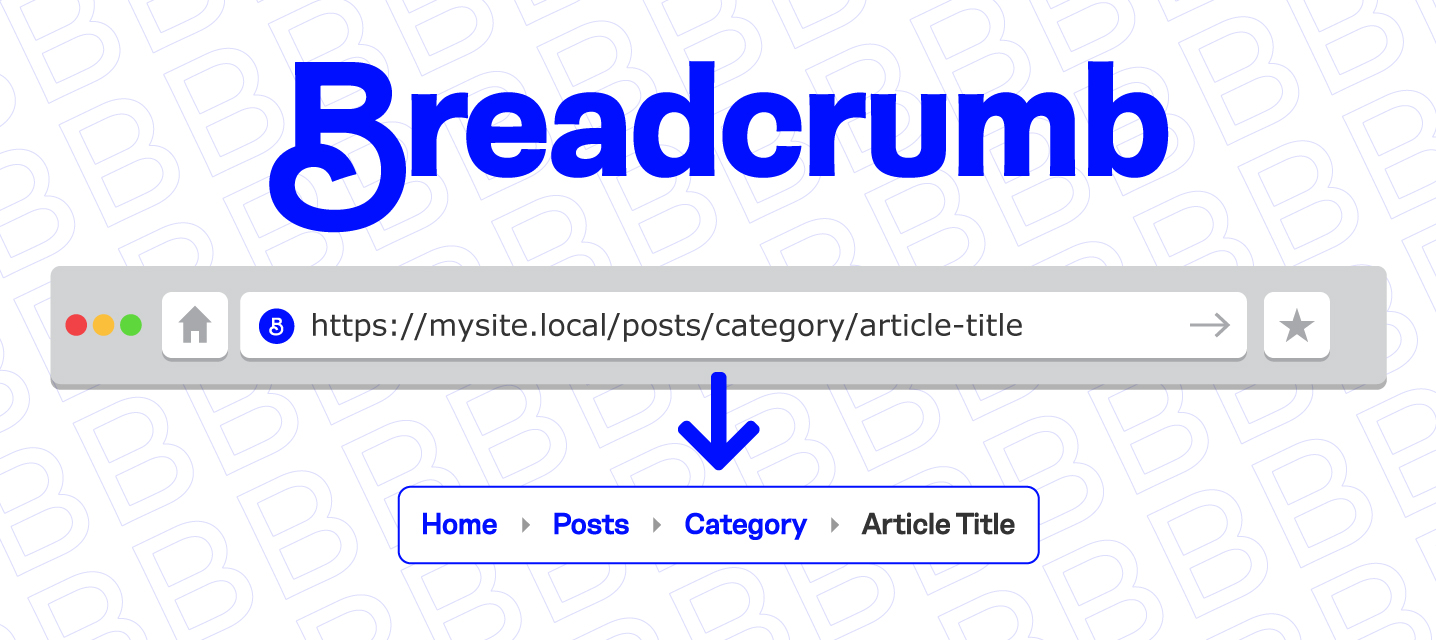React Native: Programm for Cross-Platform Development
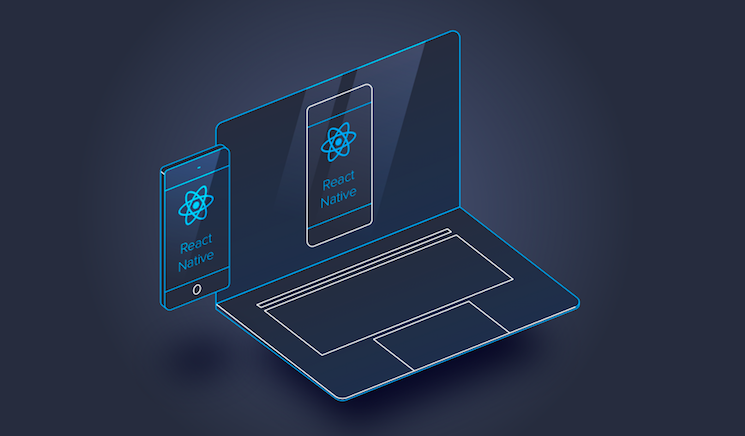
In recent years, the world of mobile development has undergone significant changes. As the demand for cross-platform solutions grows, developers increasingly turn to tools that allow them to create applications for multiple operating systems with minimal effort. One such tool is React Native. In this article, we’ll explore why React Native remains one of the top choices for cross-platform development in 2024.
What is React Native?
React Native is a framework for cross-platform mobile app development created by Facebook. It allows developers to use JavaScript and React to build native applications for both iOS and Android. Since its introduction in 2015, React Native has gained significant popularity due to its flexibility and capabilities.
Key Advantages of React Native
Cross-Platform Development: The primary advantage of React Native is its ability to create apps for both iOS and Android using the same codebase. This drastically reduces development time and allows for faster time-to-market.
Native User Experience: Despite using JavaScript, React Native allows developers to create apps with a native user interface that rivals those built with native languages like Swift for iOS or Kotlin for Android.
Flexibility and Extensibility: React Native supports integration with native code, enabling developers to use libraries and modules written in Swift, Objective-C, Java, or Kotlin. This makes it a suitable choice for projects that require high performance or specific platform capabilities.
Fast Refresh and Debugging: Features like Hot Reloading and Fast Refresh allow developers to see changes in their code immediately, speeding up the development process and simplifying debugging.
Large Community and Ecosystem: React Native is supported by an active developer community that continuously creates and shares libraries, tools, and best practices. This makes problem-solving easier and accelerates development.
Why React Native is Relevant in 2024
Despite competition from other cross-platform frameworks like Google’s Flutter, React Native continues to be relevant for several key reasons:
Continuous Updates and Improvements: Facebook and the developer community actively work on enhancing React Native, introducing new features and improving performance. This keeps the framework competitive and relevant in the rapidly evolving mobile development landscape.
Support from Major Companies: React Native is used by giants like Facebook, Instagram, Airbnb, and Walmart. This fact underscores its reliability and ability to handle large-scale projects.
Ease of Integration with Existing Projects: React Native can be used to add new features to existing native apps. This allows companies to gradually transition to cross-platform development without rewriting their entire applications.
Growing Tools and Libraries: The React Native ecosystem continues to expand, providing developers with access to new libraries, tools, and modules that simplify and accelerate the development process.
When to Use React Native
React Native is suitable for a wide range of projects, but it is particularly effective in the following cases:
Cross-Platform Apps with Shared Logic: If your app requires the same logic across both platforms, using React Native will allow you to reduce development time and simplify maintenance.
Budget-Constrained Projects: If you have limited resources and need to bring a product to market quickly, React Native is an excellent solution, as it allows you to use one codebase for both platforms.
Frequent Updates and Experiments: If your app requires frequent updates or you plan to experiment with the user interface, React Native’s Hot Reloading feature can greatly simplify this process.
Limitations of React Native
Like any tool, React Native has its limitations. Some of these include:
Performance: While React Native allows for the creation of apps with a native look and feel, its performance may sometimes lag behind apps developed with native languages. This is particularly important for complex games or apps with high graphics demands.
Complex Integration with Native Modules: In some cases, custom native modules may be required to implement specific features, which can complicate development.
Limited Support for New Platform Features: Since React Native relies on JavaScript and native modules, there can sometimes be delays in supporting new features introduced by operating systems.
React Native remains one of the best tools for cross-platform development in 2024 due to its flexibility, robust ecosystem, and support from major companies. While it does have its limitations, its advantages far outweigh its drawbacks, especially for projects that require rapid development and market release. If you’re looking for a solution that allows you to create high-quality apps for both iOS and Android with minimal effort, React Native is an excellent choice.







